Can You Make Your Own Solar Panels?
In recent years, the interest in renewable energy sources has surged, with solar power being one of the most accessible and popular options. Many individuals are now exploring the possibility of making their own solar panels. This article will delve into the practicalities, benefits, and challenges of creating your own solar panels, providing a comprehensive guide for those considering this endeavor.
Understanding Solar Panels
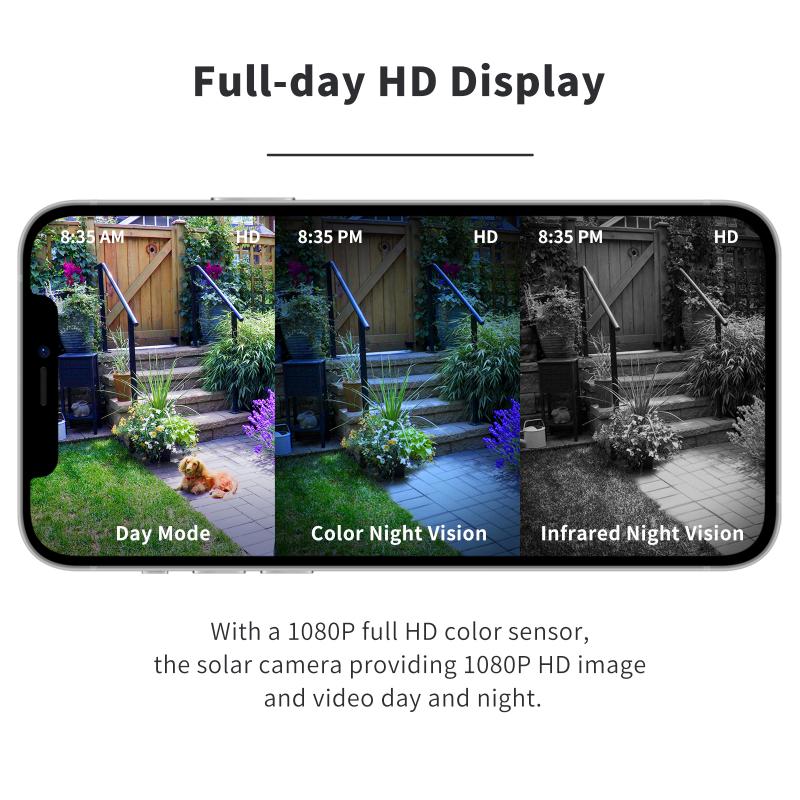
Before diving into the process of making your own solar panels, it’s essential to understand what they are and how they work. Solar panels, also known as photovoltaic (PV) panels, convert sunlight into electricity. They are composed of many solar cells made from semiconductor materials, typically silicon. When sunlight hits these cells, it excites electrons, creating an electric current.
Why Make Your Own Solar Panels?

There are several reasons why someone might choose to make their own solar panels:
1. Cost Savings: Commercial solar panels can be expensive. By making your own, you can potentially save a significant amount of money.
2. Customization: DIY solar panels allow for customization to fit specific needs and spaces.
3. Educational Experience: Building your own solar panels can be a valuable learning experience, providing insight into renewable energy and electrical engineering.
4. Sustainability: Creating your own solar panels can be a step towards a more sustainable lifestyle, reducing reliance on fossil fuels.
Materials and Tools Needed
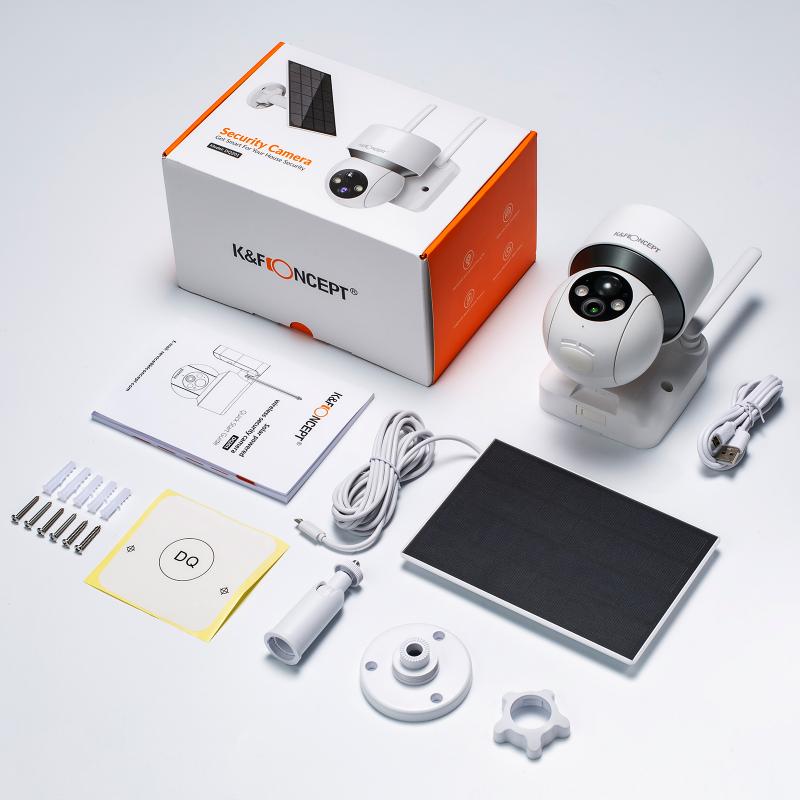
To make your own solar panels, you will need the following materials and tools:
- Solar Cells: These are the building blocks of your solar panel. You can purchase them online or from specialized stores.
- Tabbing Wire: This is used to connect the solar cells together.
- Bus Wire: This wire connects the strings of solar cells.
- Flux Pen: Used to apply flux to the solar cells, which helps in soldering.
- Soldering Iron and Solder: Essential for connecting the solar cells.
- Glass or Plexiglass: This will form the front of your solar panel.
- Plywood or Aluminum Frame: Used to create the backing and frame of the panel.
- Silicone Sealant: To seal the panel and protect it from the elements.
- Junction Box: For connecting the panel to your electrical system.
Step-by-Step Guide to Making Solar Panels
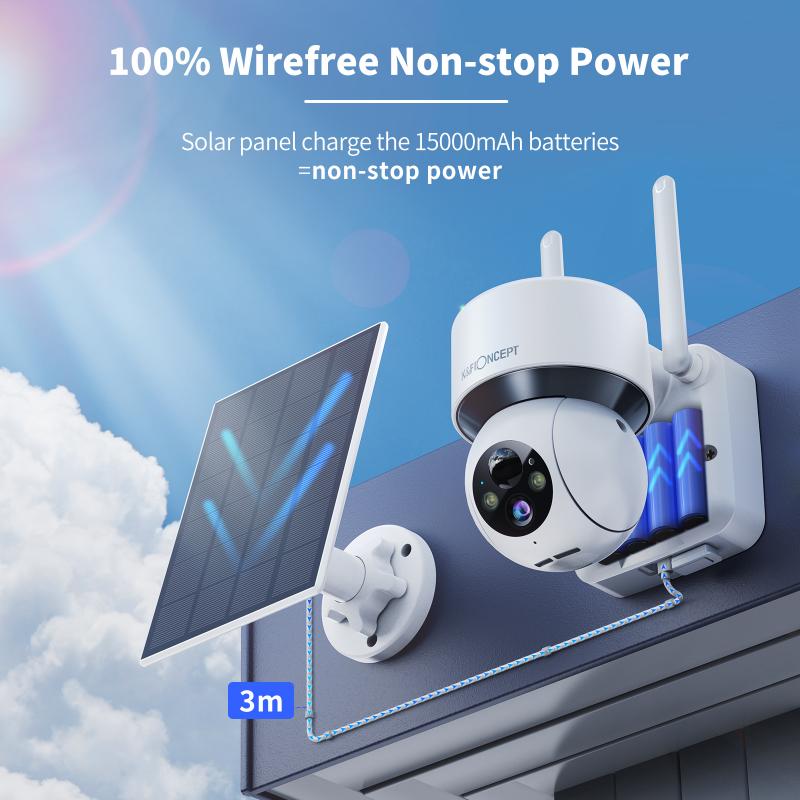
1. Design Your Panel
Start by designing your solar panel. Determine the size and power output you need. This will depend on the number of solar cells you use and how you arrange them. A typical solar cell produces about 0.5 volts, so you will need to connect multiple cells in series to achieve the desired voltage.
2. Prepare the Solar Cells
Carefully handle the solar cells as they are fragile. Use the flux pen to apply flux to the bus bars on the cells. This will help the solder adhere better. Cut the tabbing wire to the appropriate length and solder it to the bus bars on each cell.
3. Connect the Solar Cells
Arrange the solar cells in rows and connect them using the tabbing wire. Solder the tabbing wire from the positive side of one cell to the negative side of the next cell. This series connection will increase the voltage. Once you have connected all the cells in a row, use bus wire to connect the rows together.
4. Assemble the Panel
Place the connected solar cells onto the backing material (plywood or aluminum frame). Ensure they are evenly spaced and secure them in place using silicone sealant. Cover the cells with glass or plexiglass, sealing the edges with silicone to protect the cells from moisture and dust.
5. Install the Junction Box
Attach the junction box to the back of the panel. This box will house the electrical connections and make it easier to connect the panel to your electrical system. Ensure all connections are secure and properly insulated.
6. Test Your Panel
Before installing your panel, test it to ensure it is working correctly. Use a multimeter to check the voltage and current output. Place the panel in direct sunlight and measure the output to ensure it meets your expectations.
Challenges and Considerations
While making your own solar panels can be rewarding, it is not without challenges:
1. Technical Skill: Building solar panels requires a certain level of technical skill and knowledge of electrical systems. If you are not comfortable with soldering or electrical work, this project may be challenging.
2. Time-Consuming: The process of making solar panels is time-consuming, especially for beginners. It requires patience and attention to detail.
3. Efficiency: DIY solar panels may not be as efficient as commercially manufactured ones. Professional panels are made with precision and high-quality materials that may be difficult to replicate at home.
4. Durability: Ensuring that your homemade panels are weatherproof and durable can be challenging. Proper sealing and protection are crucial to prevent damage from the elements.
Benefits of DIY Solar Panels
Despite the challenges, there are significant benefits to making your own solar panels:
1. Cost-Effective: The initial investment in materials can be lower than purchasing commercial panels, leading to long-term savings.
2. Customization: You can design panels to fit specific spaces and power requirements, making them ideal for unique applications.
3. Sustainability: By creating your own renewable energy source, you contribute to reducing carbon emissions and promoting sustainability.
4. Educational Value: The process of building solar panels can be an excellent educational experience, providing hands-on learning about renewable energy and electrical engineering.
Making your own solar panels is a feasible and rewarding project for those with the necessary skills and patience. It offers cost savings, customization, and a deeper understanding of renewable energy. However, it also comes with challenges, including the need for technical expertise and the potential for lower efficiency compared to commercial panels. By carefully considering these factors and following a detailed guide, you can successfully create your own solar panels and take a significant step towards a more sustainable and self-sufficient lifestyle.







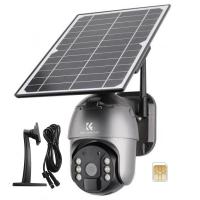
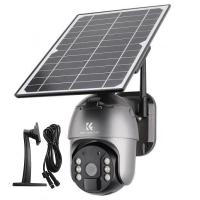
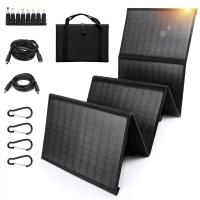



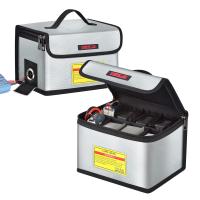


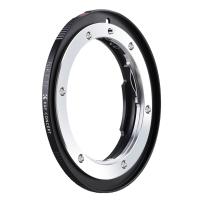





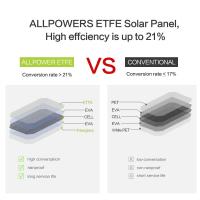
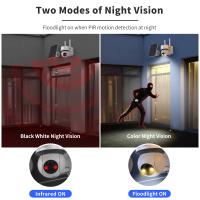




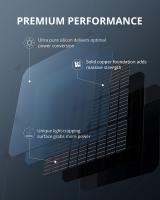
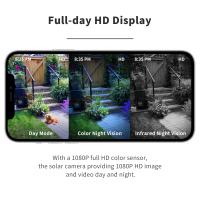

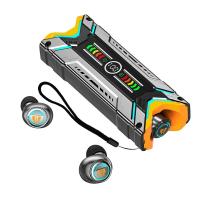
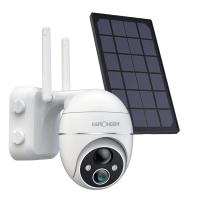
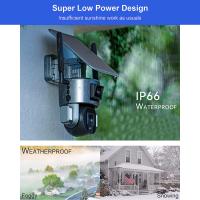

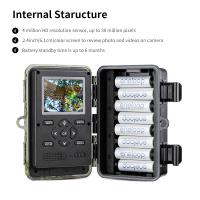


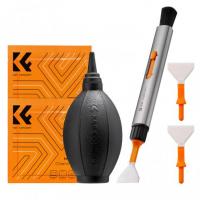
There are no comments for this blog.